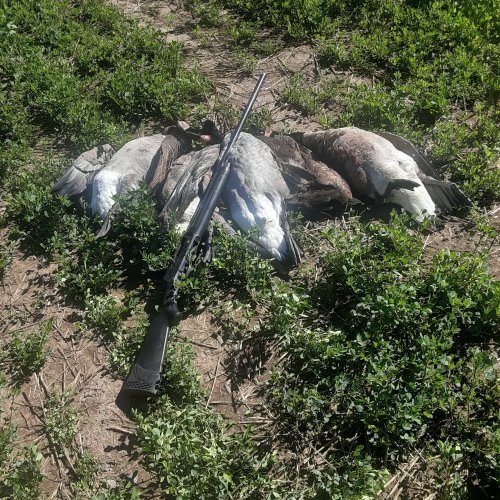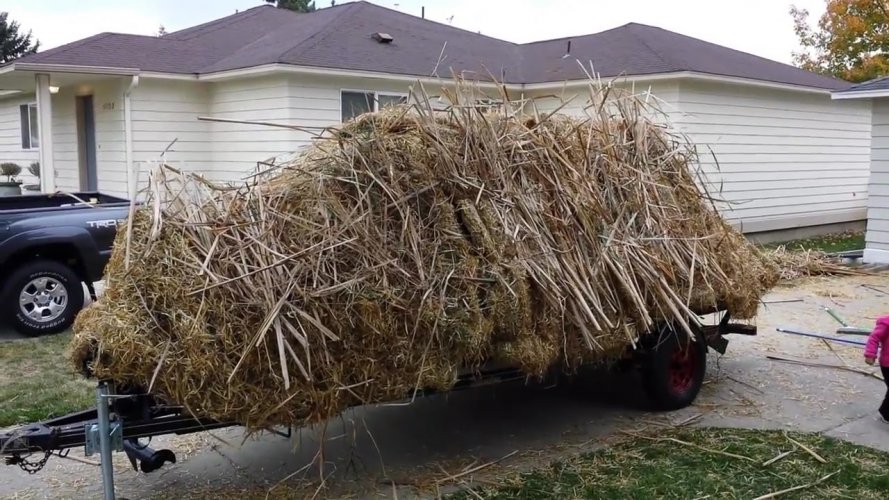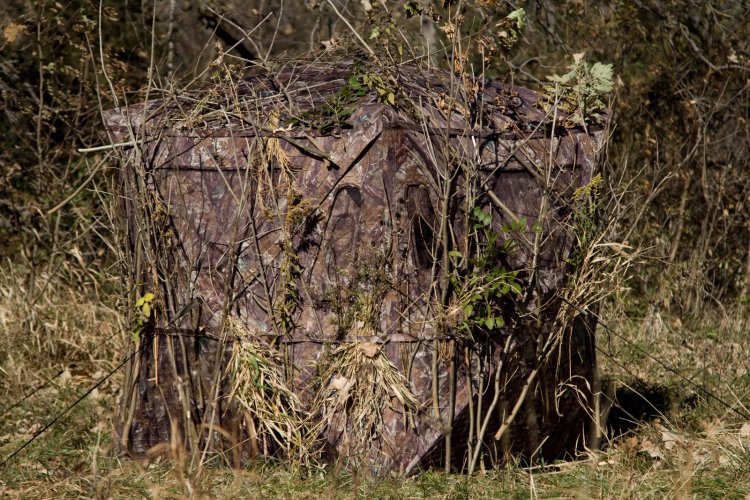FairWeather
Well-known member
I’m pretty new to hunting all around, and this year will be my first year waterfowl hunting. I’m looking to hunting duck and goose, though depending on how large of an undertaking that is, I may opt to focus on just one.
What are the essential pieces of gear I will need to have any chance of success?
For reference here’s what I already have:
12 ga pump.
Rain gear & camo.
4 duck decoys ($20 total at goodwill!).
Inflatable kayak (no bird dog).
(Sounds like I’ll need waders? Are those necessary or just nice to have? Will rubber boots suffice?)
Re: calls, I don’t have any, or practice with one. Is not calling at all better than calling poorly?
I’m sure this thread will get busy, so thank you in advance!
What are the essential pieces of gear I will need to have any chance of success?
For reference here’s what I already have:
12 ga pump.
Rain gear & camo.
4 duck decoys ($20 total at goodwill!).
Inflatable kayak (no bird dog).
(Sounds like I’ll need waders? Are those necessary or just nice to have? Will rubber boots suffice?)
Re: calls, I don’t have any, or practice with one. Is not calling at all better than calling poorly?
I’m sure this thread will get busy, so thank you in advance!









